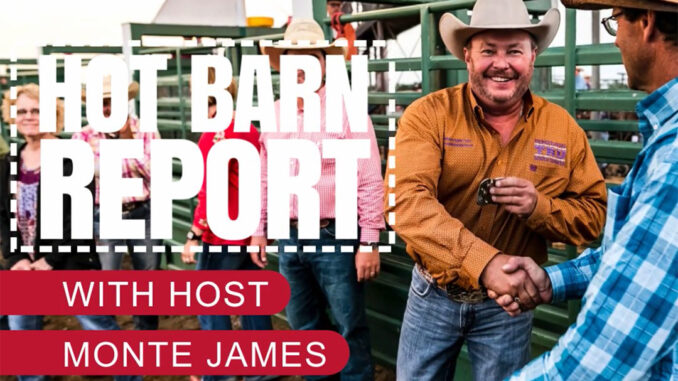
HOT BARN REPORT: Monday Rundown
THEE Hot Barn Report! Heard ONLY on American radio stations across the nation and online at hotbarnreport.com! [READ MORE…]

THEE Hot Barn Report! Heard ONLY on American radio stations across the nation and online at hotbarnreport.com! [READ MORE…]
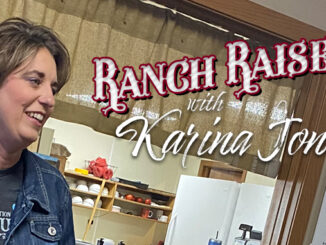
I had a blast last week walking through history and sharing with you stories and facts about the Omaha Stockyards! If you missed an episode or love cattle industry history, you can catch all of those episodes from last week on the Your Ag Network app or website. [READ MORE…]
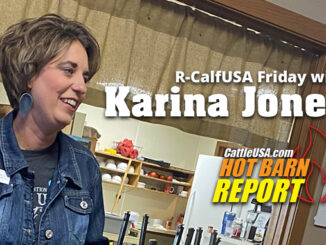
I am a complete sap for cattle industry history. Learning about the Omaha Stockyards just leaves me in complete awe! [READ MORE…]
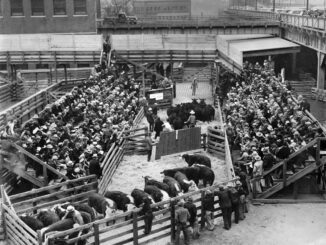
The Omaha Stockyards spurred growth of jobs in other industries related to the stockyard. Immigrants flooded in from all over Europe. The men worked long, grueling hours to build a life for themselves and their families. [READ MORE…]
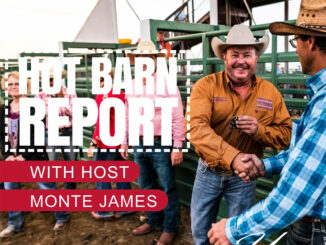
THEE Hot Barn Report! Heard ONLY on American radio stations across the nation and online at hotbarnreport.com! [READ MORE…]
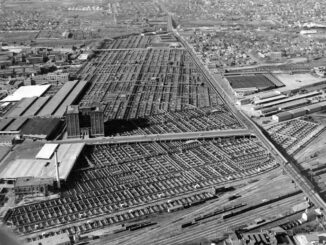
By 1892 the Omaha stockyard was pulling in 25 million dollars’ worth of business. Around 1900, the stockyards added new pens and brick floors along with new concrete watering troughs and weighing scales. The sheep barn was also rebuilt to hold 100,000 animals, and the new block horse and mule barn was hailed as “the largest and best single barn in the world. At its height of, the Omaha stockyard covered almost 250 acres! In 1910, 20,000 animals were arriving DAILY including cattle, sheep, hogs, and goats from all over the American west! [READ MORE…]
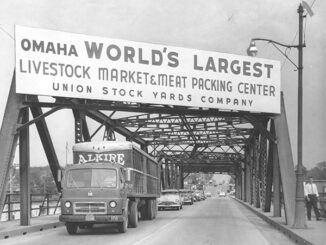
Before there were livestock markets and sale barns dotted the Midwest prairie towns, the big ranches were sending their market stock to the huge livestock market in Chicago, IL. [READ MORE…]

So, cattle towns were midwestern frontier settlements that catered to the cattle industry. The economies of these communities were heavily dependent on the seasonal cattle drives from Texas, which brought the cowboys and the cattle that these towns relied upon. Cattle towns were found at the junctions of railroads and livestock trails. These towns were the destination of the cattle drives, the place where the cattle would be bought and shipped off to urban meatpackers, midwestern cattle feeders, or to ranchers on the central or northern plains. [READ MORE…]

Before we dive into this week, I wanted to let you know that I will be back on the road next week headed to meet with cattle producers. I have learned that cattlemen travel in very small circles, mostly from the ranch to the sale barn and occasionally to the feed store. [READ MORE…]

I took a special trip this week to Hot Barn reporting market, North Platte Stockyards. As I was getting close to North Platte, I realized I really didn’t know where I was going. [READ MORE…]
Copyright © Your Ag Network 2025